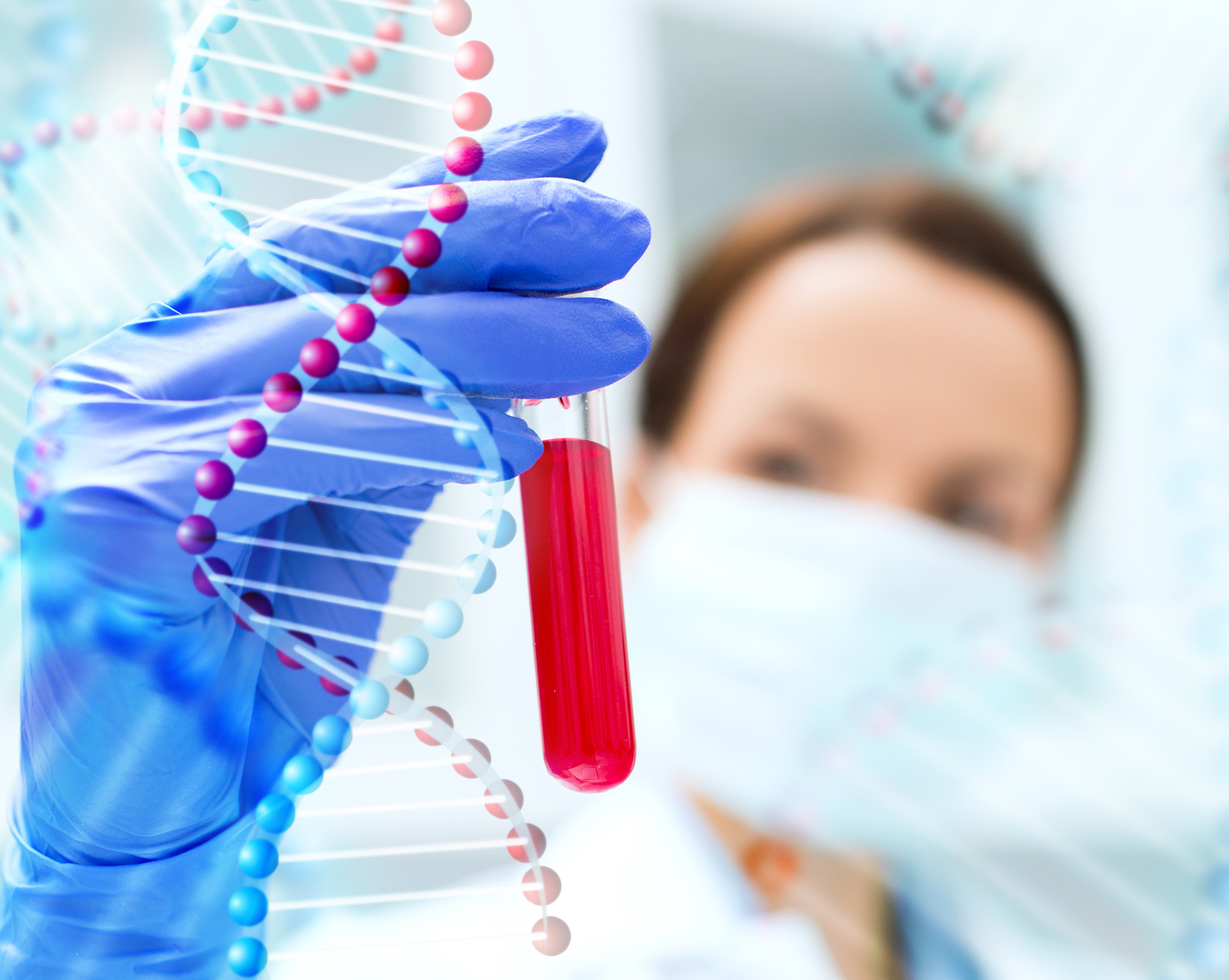Know More About DNA Testing And It’s Safety Concerns
Our genetic makeup can tell us a lot about ourselves. Modern science has now made it possible for us to get a DNA test to understand our biological relationships and health conditions. DNA tests are used to identify chromosomes, genes, and protein changes. There are several methods used for genetic testing that include molecular genetic test, chromosomal genetic tests, and biochemical genetic test.

Types of genetic testing
There are several types of genetic testing that one can do. Each type of testing has a purpose to serve, benefits, and limitations.
- Diagnostic testing
This testing is essential for identifying or ruling out a specific chromosomal or genetic condition. It usually takes place when there is a suspected condition based on certain signs and symptoms. This test can be performed before birth as well as at any time in a person’s life. - Newborn screening
This test helps identify any genetic disorders in the newborn that can be treated early in life. This screening is popular in the country as millions of babies are tested every year. The most common genetic conditions for which babies are tested are phenylketonuria (a disorder that causes intellectual disability) and congenital hypothyroidism (a thyroid gland disorder). - Prenatal testing
This type of testing is offered during pregnancy and is used to detect changes in the genes and chromosomes of a fetus, if any. For those wondering if DNA testing is safe during pregnancy, prenatal testing is only recommended if there is an increased risk of the baby developing a genetic or chromosomal disorder. - Carrier testing
This test helps identify a copy of gene mutation in people, which when present in two copies, leads to a genetic disorder. This testing is usually suggested to people who have a family history of a genetic disorder and to those from certain ethnic groups with an increased risk of a genetic disorder. - Preimplantation testing
This test helps reduce the risk of having a child with a specific genetic or chromosomal disorder. It detects genetic changes in the embryos that were made using assisted reproductive techniques such as in-vitro fertilization. - Predictive and presymptomatic testing
This test helps identify gene mutations that are associated with disorders that occur post-birth or later in life. They can help people who have a family member with a genetic disorder but don’t have any features of the disorder themselves at the time of testing. - Forensic testing
DNA sequences are used in this test to identify an individual for legal purposes. This testing is not done to identify any gene mutation or genetic disease. This testing is used to identify crime, criminals, and victims.
Limitations of DNA testing
Not all types of DNA tests are a hundred percent accurate. For example, a DNA test for ancestry information can be highly accurate but never completely accurate. Even forensic tests do not confirm who the real victim and criminal are. However, it can help profile the suspects but finding the criminal is not something forensic tests can guarantee. They do, however, help the investigation go in the right direction.
Is DNA testing safe?
Though DNA testing has many benefits, it does come with limitations as there can be risks. However, there are very few physical risks associated with DNA testing as it only requires a blood or saliva sample.
Most people wonder if prenatal DNA testing is safe or not. It is important for them to know that prenatal testing does have risks as the required sample is that of amniotic fluid or tissue from the area around the fetus. The risk in this testing is that of a miscarriage.
Risks related to genetic testing are mostly emotional, social, or in some cases, financial. People can experience a strong feeling of guilt, anger, and anxiety if the results were not in their favor or as they had expected.
Common safety concerns regarding DNA testing
While DNA testing serves many useful purposes, there are risks associated with each one of them. If the risks are not physical, then they can be personal, i.e., to a person’s privacy. DNA testing can reveal many things that can be misused, and this becomes a common concern for most people.
How to ensure safe DNA testing?
While there are numerous DNA testing organizations available today, it only makes sense to choose the most reputed one for any type of DNA testing to ensure all kinds of safety. It is also recommended to consult a physician before proceeding toward a test and talk about all the possible risks. Taking necessary measures to avoid all potential risks will help one get the right test done safely.
Apart from this, a detailed and meticulous research on the specific type of DNA testing holds a lot of importance, especially for people who don’t possess sufficient knowledge on the same. Being well versed with all the pros and cons of a DNA test will help people make the right decision and stay prepared for the results.
Things to know before taking a DNA test
The most important factor to learn about a specific type of DNA testing is its importance and the risks it might bring. While the risks can be avoided, being fully aware of the whole procedure and its consequences helps the person to be prepared for any possible shortcoming. As the information gained by genetic tests are probabilistic in nature, the test result should be reported by a professional who can make the patients understand the right meaning of the report. With that being stated, it is important to address all the ethical, legal, and social implications that may follow a DNA test.


